| EXHIBITIONS NEWS PRESS ABOUT US CONTACT |
|||||
| REPRESENTED ARTISTS | BERTILLE BAK | GWENAEL BELANGER | DEXTER DYMOKE | ANTTI LAITINEN | |
| MARKO MAETAMM | YUDI NOOR | OLIVER PIETSCH | KIM RUGG | ||
| BETTINA SAMSON | SINTA WERNER | ||||
BETTINA
SAMSON
Malluma Materio
7 OCTOBER - 20 NOVEMBER
NETTIE HORN is pleased to present the
first UK solo show by French artist Bettina Samson featuring an ensemble
of glass pictures, sculptural works and a video piece. Exploring the
identity of modern society, Samson's practice articulates around a
number of phenomenons issued from cultural history, scientific discoveries
and modernist utopias which the artist revives through multiple bridges
of connexion intertwining existent, potential and hidden fictions.
Samson’s series of glass pictures entitled For a
future observation of the dark matter stems from her
discovery of the graphic simulations generated by a spectroscope during
her time at the laboratory of astronomy in Marseille. This machine,
which is still in production, may one day detect the existence of dark
matter - a non luminous and invisible matter which is hypothetically
present in large quantities in the Universe. Recalling universal grid
systems, these stratified glass pictures, formed through a firing process,
invite us to decipher an enigmatic vocabulary leading us to consecutively
explore languages from optical astronomy to geometric abstraction.
Inspired by Joseph Albers’ glass pictures made in the 1920’s
at the Bauhaus, Samson pays tribute to this artist in Last
trip to Chichén Itzá and Uxmal and Albers
Uxmal. After his move to the American continent in 1933,
Albers introduced references to Mexican architecture in his photographic
practice and notably to the geometric bas-reliefs of the Mayan temples
which Samson refers to in these archaeological style tablets. The nine
aligned glass pictures from Albers Uxmal -
essentially inspired by the architectural grid system – are presented
on a wooden shelf made from American black walnut, another nod to Albers'
country of adoption.
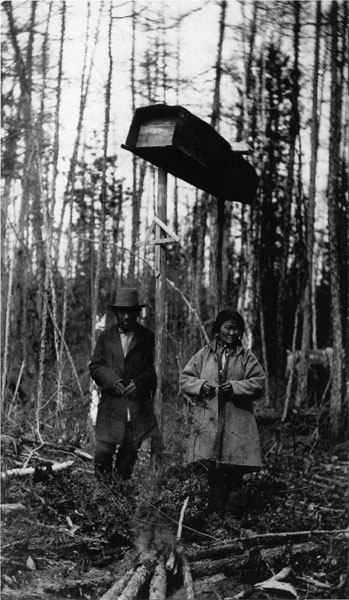
The presence of enigmatic elements and occult phenomenons are recurring
characteristics in Samson's work and the artist unrestrainedly investigates
cosmological themes through fields of a scientific and religious nature.
The unorthodox spinning-top entitled Levitation incarnates
this communion between diverse entities and dimensions. Using the cone
of a plane propeller as the base of the sculpture, this apocryphal
object seems to instigate a path linking the earth with the sky, and
this despite its current immobility. A closer look at the object reveals
the vestige of a previous spin where the spinning-top displays an intriguing
black and white anamorphic image. Sourced from a Russian book on Siberian
shamanism, this photograph taken in the early 1900’s represents
a couple from the Evenk people posing in a forest and in front of an
enigmatic and levitating long black shape (which is in fact an aerial
coffin) mysteriously suspended from the tree heights... Informed by
traditions and beliefs, Samson’s interest lies in the transitional
process between one world and another which she addresses by smoothly
playing with notions of anachronism and parallelism. This idea of transition
and opening is physically incarnated in the work entitled First
photography of the solar spectrum, with reindeer's skin referencing
Marcel Duchamp’s Fresh Widow and resonating as a tribute
to modern architecture. In this piece, the first pane of the sliding
window is kept black while the second one carries the reproduction
of Samson's previous work First photograph of the solar spectrum,
discoloured by time, with absorption spectrum, a representation
of the first ever colour photograph of the solar spectrum. In a Duchampian
logic and by voluntarily making the window panes opaque, Samson reverses
the codes of the nature of light in order to question the invisibility
of parallel worlds and their similarity.
Continuing her exploration of the physical phenomenons associated to optical principles, Two uranium glass seltzer water bottles from Bulgaria and New Zealand, circa 1910 is a ready-made composed of two empty bottles of sparkling water dating from 1910 and made from blown glass. Containing a radioactive element called uranium oxide which was used mostly between 1880 and 1920 to colour glass, the bottles emanate a slight green glow which can be revealed through their exposure to ultraviolet light. Symbols of a cultural and economic history, the bottles come from Bulgaria and New Zealand - two countries located at nearly opposite longitudes - and therefore illustrating both the extent of the propagation of this uranium glass during a specific period as well as the premise of a truly worldwide economy based on exchanges and major influences. For the video entitled Cinq fois 3:30 d’expositions Samson filmed in Super 8 format one of her previous installation. Testifying to her interest in anterior strata as well as the concept of “mise-en-abyme” and the origin of experimental cinema, the film shows a succession of flashing lights whose frequency and intensity gradually increase along with the decrease of the quality of the image. This degradation was obtained through rolling the film tape around a fragment of radioactive mineral. Through these two works, Samson revisits recent fields of investigation by continuing to delve into the history of modern science and the origins of radioactivity.
Bettina Samson was born in Paris in 1978. She currently lives and works in Paris, France.
Current and forthcoming projects: Le scepticisme du canapé, Art House, 4th Biennial of Moscow, Russia, (22 Sept-30 Oct 2011) ; Genius Loci, bienvenue chez les Fontfreyde, Hotel Fontfreyde, Clermont-Ferrand (6 Oct-26 Nov 2011) ; Subliminus, des collections a la Fiction, Musee de la Loire, Parc Saint-Leger off-site (Pougues -les-Eaux), Cosne-sur-Loire (9 Sept-24 Dec 2011) ; Science of Sight : Alternative Photography, Haines Gallery, San Francisco, USA (2011)
Exhibitions include : Fedor Poligus, Galerie Sultana, Paris (SOLO SHOW, 2011); Dynasty, Museum of Modern Art of the city of Paris and Palais de Tokyo, Paris (2010); Man in the dark, Woodmill, London (2010);Double Bind/Arretez d'essayer de me comprendre, Centre d'art de la Villa Arson, Nice, France (2010); Bettina Samson, La Galerie, Noisy-le-Sec, France (SOLO SHOW, 2009); Replica, Module, Palais de Tokyo, Paris (SOLO SHOW, 2009).
With the kind support from
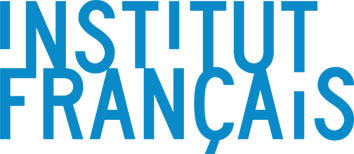
Image:
At the grave of an ancestor: "air burial"
Eastern Siberia, Enisei Guberniya
Evenk (Tungus)
Collector A.A. Makarenko
1907-1908
from the Collection of the Russian Museum of Ethnography, St. Petersburg
Exhibition listed in Modern Painters' "Top 100 Fall Shows"
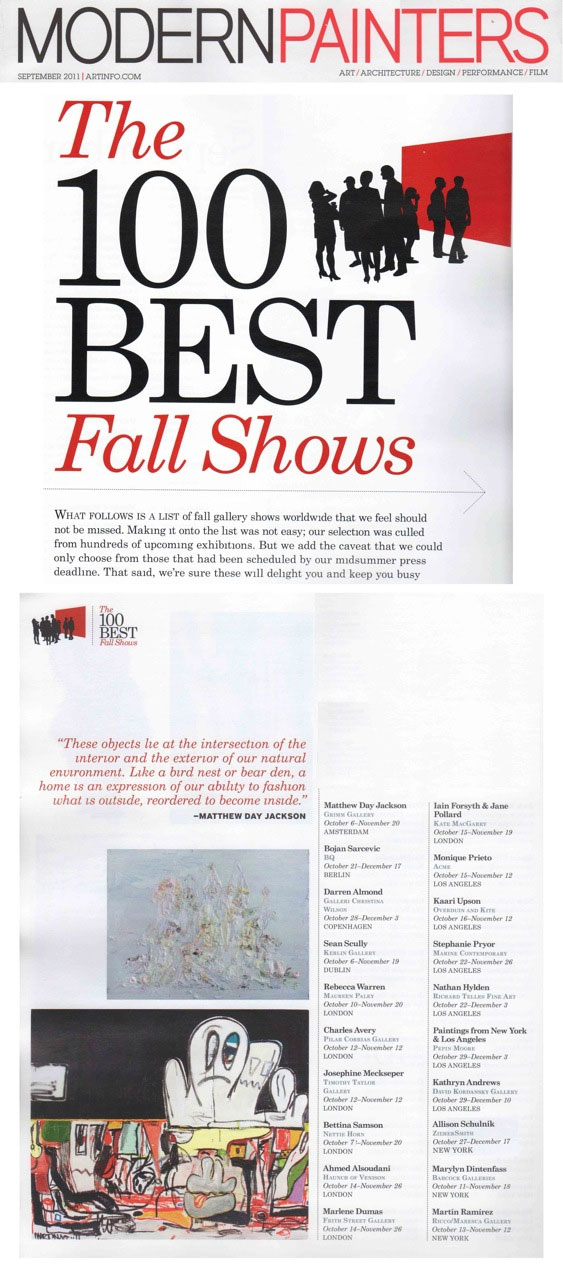
For inquiries regarding availability of works and prices, or additional information about the artist, please contact the gallery.
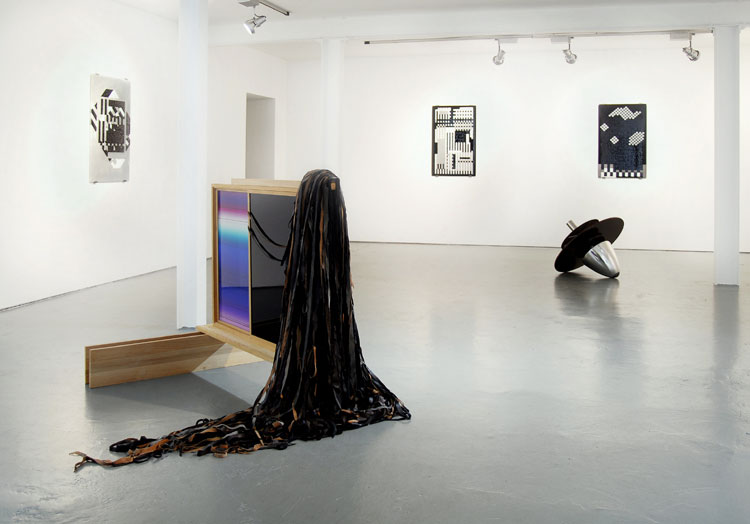
Installation View, Malluma
Materio, NETTIE HORN, London
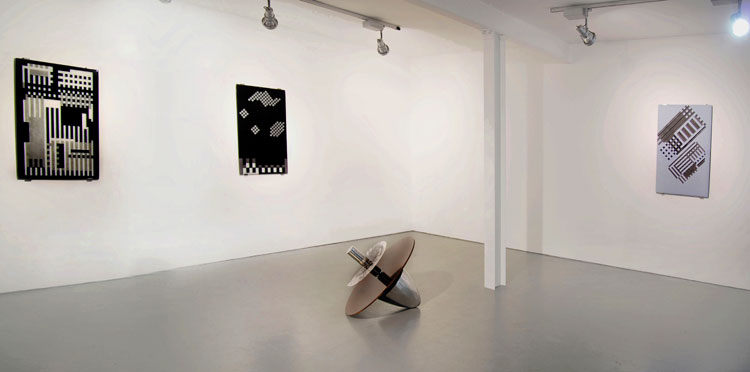
Installation View, Malluma Materio, NETTIE
HORN, London
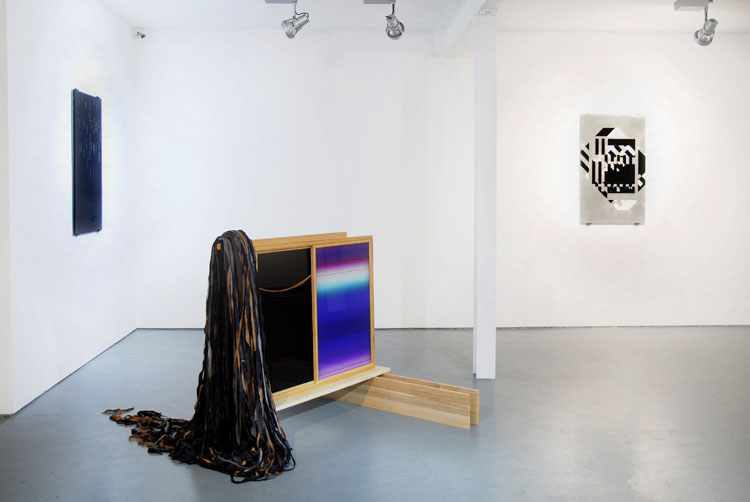
Installation View, Malluma Materio, NETTIE
HORN, London
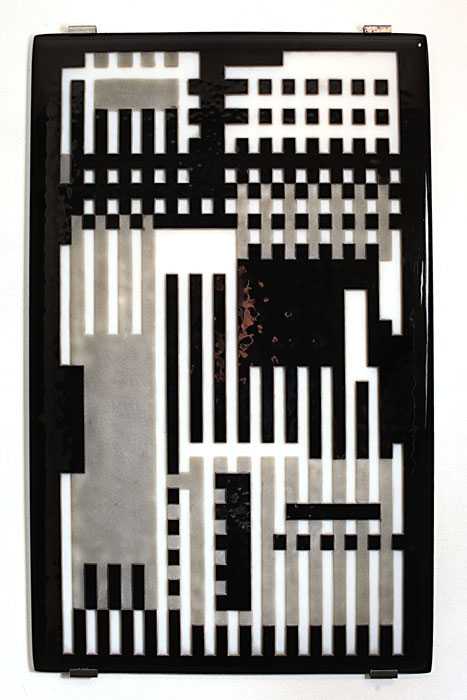
Last trip to Chichén Itzá and Uxmal I, 2011
Glass picture
62 x 101cm
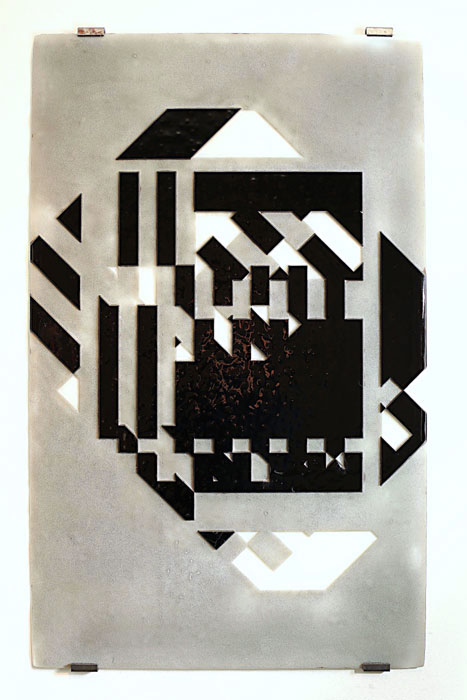
Last trip to Chichén Itzá and Uxmal II, 2011
Glass picture
62 x 101cm
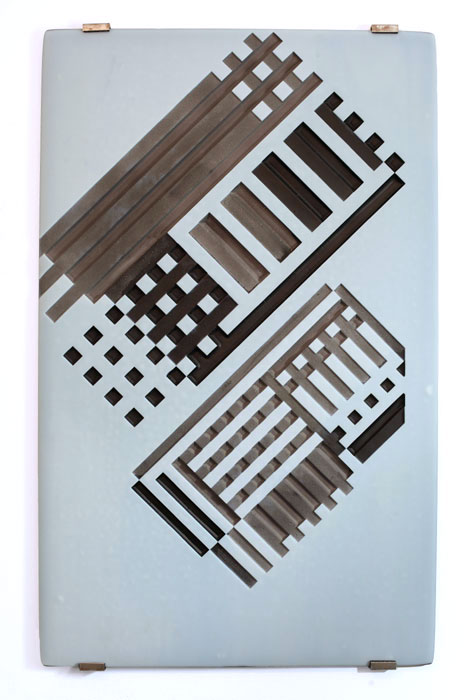
Last trip to Chichén Itzá and Uxmal III, 2011
Glass picture
62 x 101cm
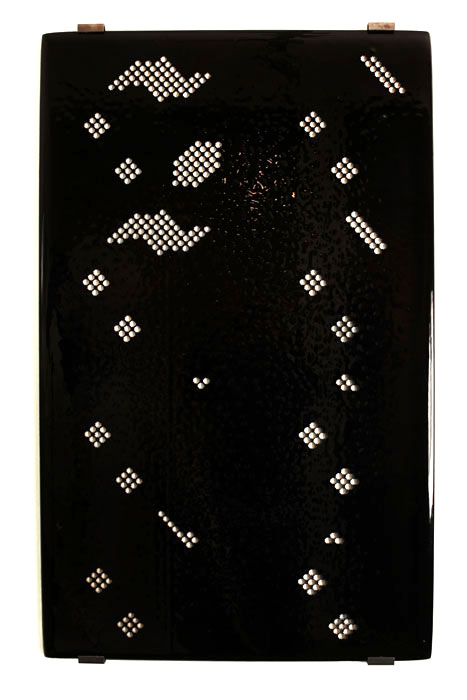
For a future observation of the dark matter III, 2011
Glass picture
62 x 101cm
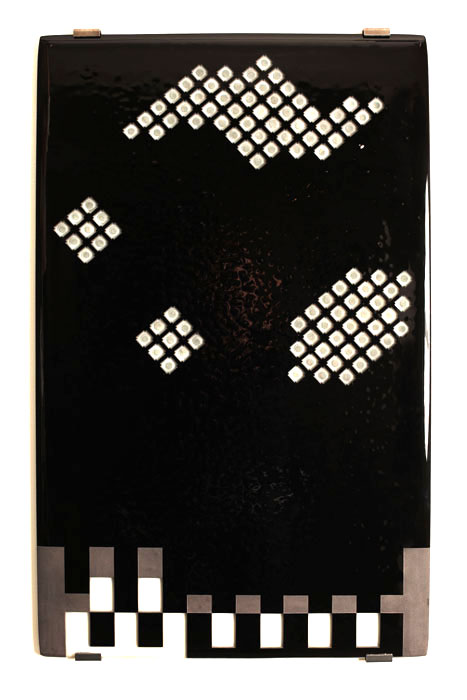
For a future observation of the dark matter II, 2011
Glass picture
62 x 101cm
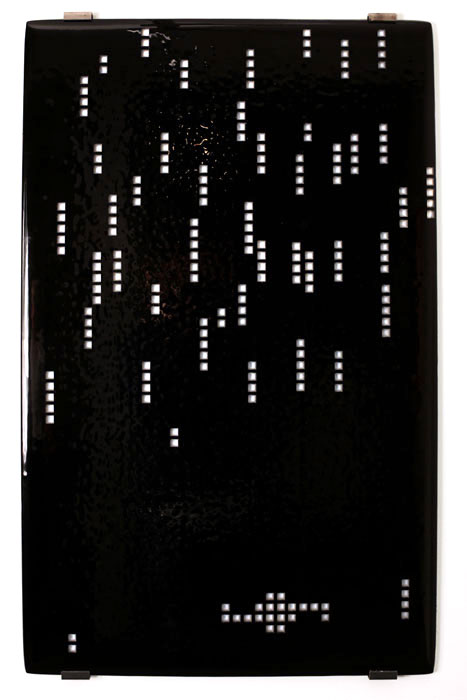
For a future observation of the dark matter I, 2011
Glass picture
62 x 101cm
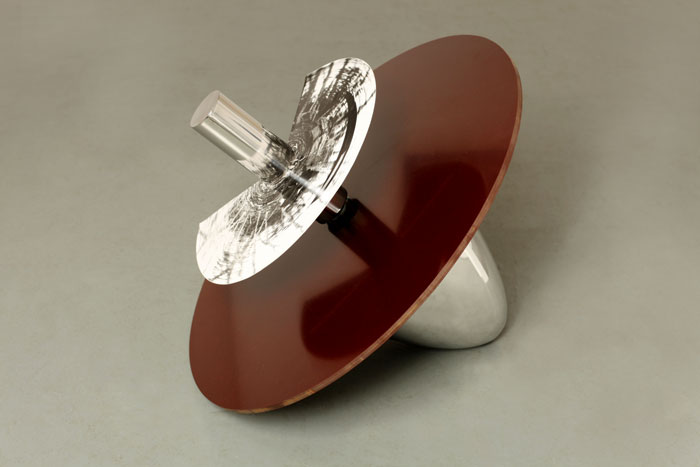
Levitation, 2011
Bakelite, photographic print, inox, aluminium
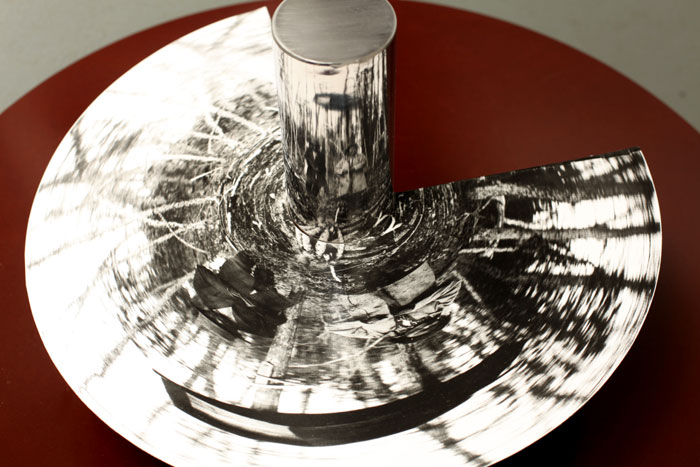
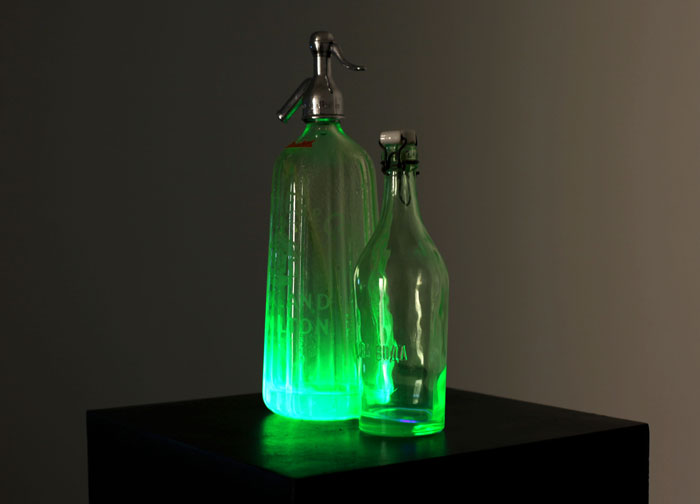
Two uranium glass Seltzer water bottles from Bulgaria and New
Zealand, Circa 1910
2011
Blown glass, ultraviolet light, wood
35 x 35 x 145cm
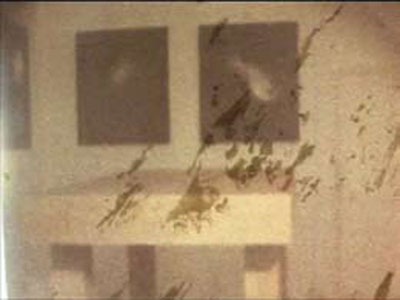
Cinq fois 3:30min d’exposition, 2009
Super 8 film on DVD
17:30min
© NETTIE HORN